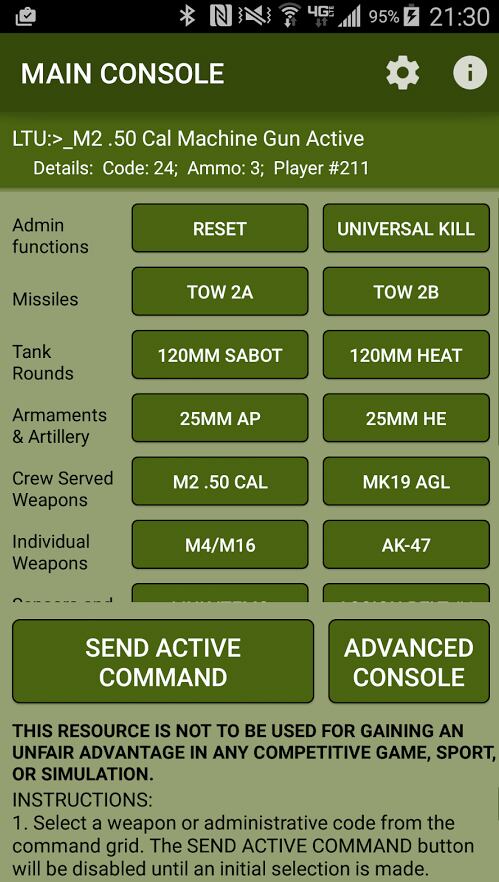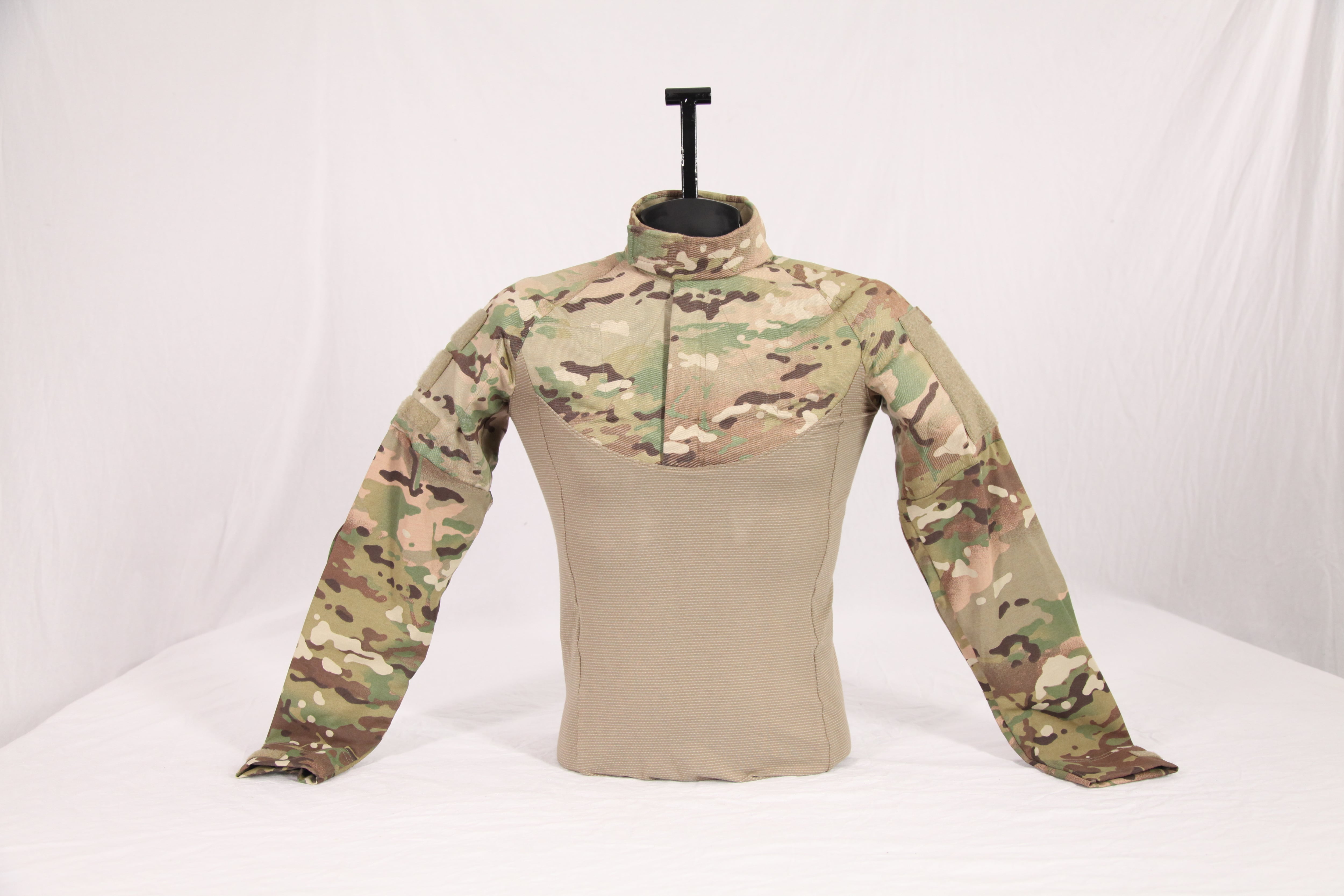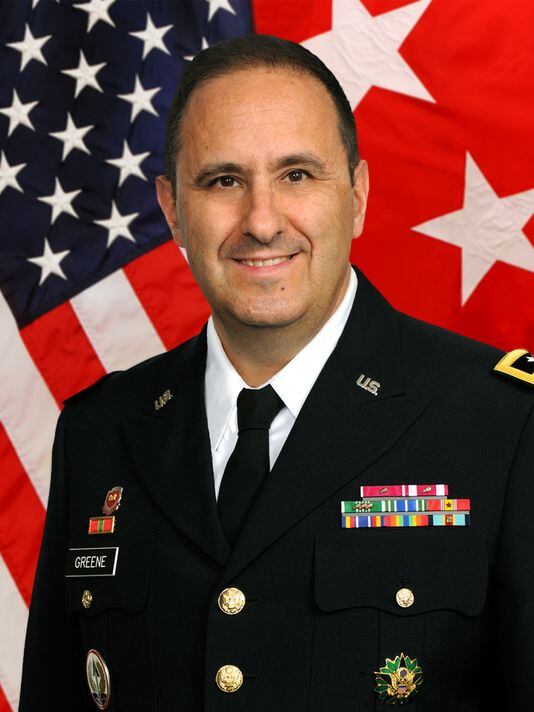A life-saving tourniquet, an innovative app and a combat shirt that offers ballistic protection are the winners of the 2015 Maj. Gen. Harold "Harry" J. Greene Award for Innovation, the Army announced Monday.
The annual award is given in three categories: group, individual-military and individual-civilian.
This year's winners are:
Group Category: The SAM Junctional Tourniquet, developed at the U.S. Army Institute of Surgical Research, Joint Base San Antonio-Fort Sam Houston, Texas.
The SAM Junctional Tourniquet is designed to control bleeding where typical tourniquets would not be effective, such as in patients with blast injuries or high-level amputations. It also can be used to stabilize pelvic fractures.
The SAM Junctional Tourniquet is compact, easy to use and quick to apply — typically under 25 seconds, according to the website for SAM Medical Products, which develops and manufactures medical products for emergency, military and hospital care.
Recent studies have shown that junctional hemorrhage — bleeding from the groin or armpit areas — accounts for up to 20 percent of preventable deaths in combat, according to a PowerPoint presentation on the Institute of Surgical Research website.
Team members recognized with the award include Dr. John Kragh Jr., Dr. Michael Dubick, Col. Lorne Blackbourne, Dr. James Johnson, Col. Lance Cordoni and Lance Hopman.
Individual-military Category: First Lt. Lawrence Collins for the MILES Laser Tag Utility, developed at the U.S. Army Corps of Engineers Mississippi Valley Division.
The MILES Laser Tag Utility is a downloadable Android app that allows users to configure, test, troubleshoot and perform services on MILES equipment, according to information from AMC.

The Laser Tag Utility App
Photo Credit: Screen shot
MILES, or Multiple Integrated Laser Engagement System, is a training system used to provide soldiers with a realistic battlefield environment.
The app gives users access to 75 weapon and administrative commands; allows referees to set up laser tag games to meet certain scenario requirements; provides users the ability to test what damage a particular weapon system might have on a player or vehicle; and allows the individual to troubleshoot his laser tag equipment.
From tank rounds to assault rifles, vehicles and aircraft, the app provides open access to teams across the Defense Department that use MILES applications in military training without the need for a network connection or additional hardware, according to AMC.
The app size is under 2 MB and is easily downloadable in the field.
Individual-civilian Category: Robert DiLalla for the Ballistic Combat Shirt, developed at the U.S. Army Natick Soldier Research, Development and Engineering Center in Natick, Massachusetts.

The Army's new Ballistic Combat Shirt was designed to improve comfort.
Photo Credit: Courtesy PEO Soldier
Designed to be worn with a ballistic vest, the shirt consists of protection on the upper back, upper chest and neck, while completely covering the arms with ballistic-protective sleeves.
The material has a similar feel to the Army Combat Shirt but is more comfortable and offers ballistic fragmentation protection. It also eliminates the need for the Deltoid Auxiliary Protector, an add-on to the tactical vest that soldiers have complained is too bulky and obstructive.
The winners of the 2015 awards represent the diverse research and development efforts taking place across the Army, according to AMC.
"These awards recognize solutions that increase efficiencies, strengthen our position and, ultimately, save lives on the battlefield," said Gen. Dennis Via, commanding general of Army Materiel Command, in a statement. "We are proud to honor Maj. Gen. Greene with a culture that fosters creative research and aims to empower, unburden and protect the nation's warfighters."

Maj. Gen. Harold "Harry" Greene
Photo Credit: Army
Greene was the first American general officer to be killed by combat fire since the Sept. 11, 2001, attacks. He was shot in an Aug. 5, 2014, insider attack during a visit to the Marshal Fahim National Defense University in Kabul, Afghanistan.
Remembered as a leader, scholar and family man who cared deeply about soldiers, Greene spent much of his career in acquisitions, serving in several leadership positions in the Army research, science and technology fields. He was known for his commitment to providing soldiers with the best equipment available.
The award named in Greene's honor falls under the Army's Greatest Innovation Awards Program, which seeks to recognize the technological contributions of soldiers and Army civilians that enhance Army readiness and soldier performance, according to AMC.
The Army will start accepting nominations for the fiscal year 2016 awards on Sept. 15.
Michelle Tan is the editor of Army Times and Air Force Times. She has covered the military for Military Times since 2005, and has embedded with U.S. troops in Iraq, Afghanistan, Kuwait, Haiti, Gabon and the Horn of Africa.





